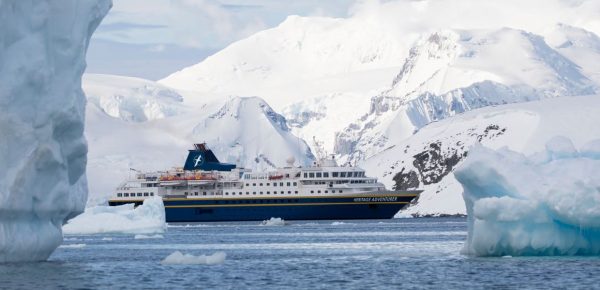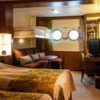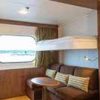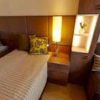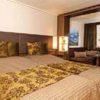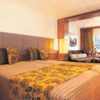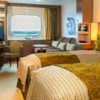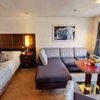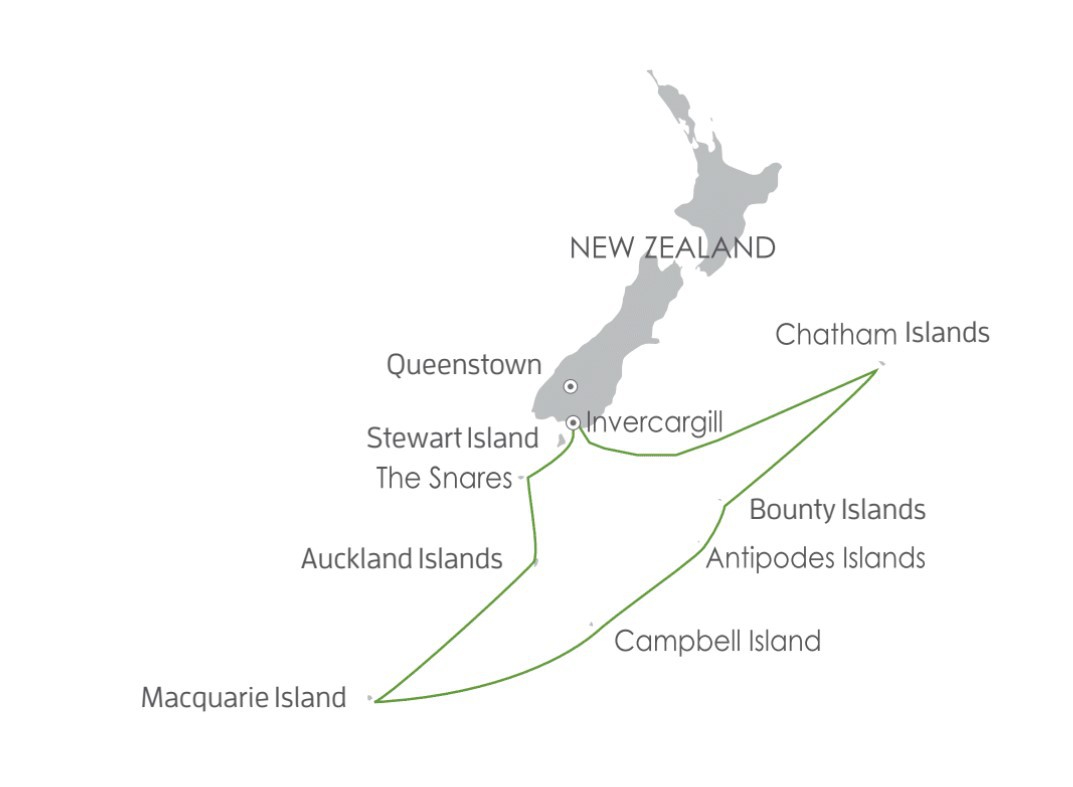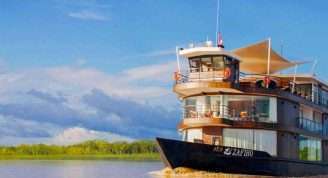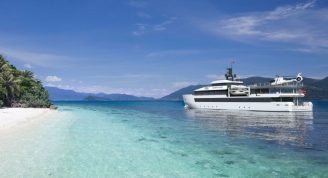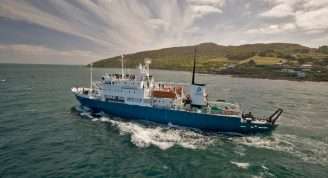Description
Listen to the names: Snares, Bounty, Antipodes, Auckland, Campbell, Macquarie and Chatham Islands. They are music to the ears of nature lovers, adventurers and birders alike. Apart from the Chathams, these islands are probably more isolated now than they were when they were discovered in the late 1700s and early 1800s and were regularly visited by sealers, whalers and government steamers searching for castaway sailors. Opportunities to visit these islands are rare. This expedition is one of rare opportunities to explore all of these islands.
The islands occupy the tempestuous latitudes of the Roaring Forties and the Furious Fifties, but they are also known as the Albatross Latitudes and with good reason. Ten of the world’s albatross species breed in the region; five of them nowhere else. In fact, this region hosts the most diverse collection of seabirds in the world. More than 40 species breed here – that is at least 11 per cent of the entire world’s seabird species.
With the exception of the Chathams, the islands are all designated UNESCO World Heritage sites and are afforded the highest conservation status and protection by the Australian and New Zealand governments, so passage to their shores is not granted lightly. There are also islands that we visit within the Chatham Islands’ Archipelago with similar status and protection.
As one of the greatest natural history voyages on the planet this expedition has huge appeal to pelagic enthusiasts, penguin fanatics, those interested in island endemics and photographers. People interested in islands and island ecology, botany, geology and photographers and those with an adventurous spirit have enjoyed this trip immensely, as have those interested in the history of southern ocean discovery and exploration.
This is one of our ‘signature expeditions’ which has operated annually for more than 20 years, so you will benefit from the knowledge and expertise gained over that time.


